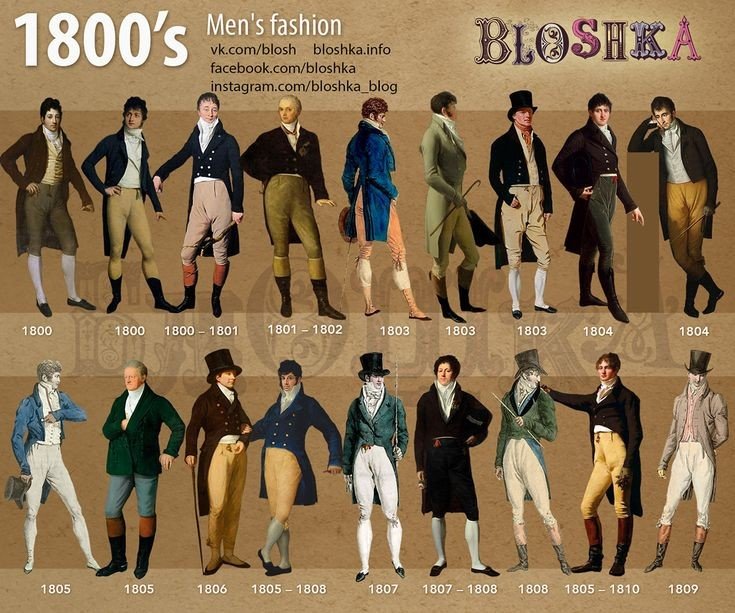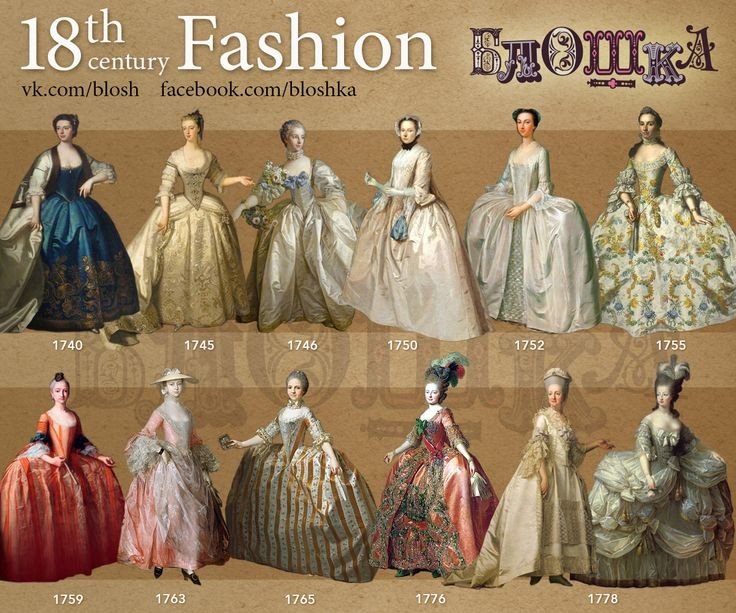Happy Lord's day people!
Fashion is a dynamic feature in our human life. Right from the beginning of time, style and looks continue to differ distinctively.
Let's start from the 18th-19th centuries where most people had to dress sophisticated( Shakespeare type clothes).
I really loved the 1800s, the warm feeling of nostalgia and every else except the slave rules:)
1800's


Royalty and Aristocracy
Silks, Satins, and Velvets were luxurious fabrics that were common, often adorned with lace, embroidery, and jewels.
Corsets and Crinolines: Women wore tight-lacing corsets to achieve the desired hourglass figure and voluminous crinolines to accentuate the width of their skirts.
Tailored Coats and Waistcoats: Men favored tailored coats, often with elaborate embroidery or buttons, paired with colorful waistcoats and breeches
Middle class
Wool and Cotton: These fabrics were more practical and affordable than silks, making them popular choices.
High-Necked Dresses: Women often wore high-necked dresses with long sleeves, reflecting the prevailing social norms of modesty.
Simple Tailored Suits: Men wore simple tailored suits with trousers, a more comfortable alternative to the breeches worn by the upper class.
Working class
Linen and Wool: These fabrics were common, as they were affordable and could withstand wear and tear.
Simple Dresses and Aprons: Women often wore simple dresses and aprons to protect their clothing while working.
Loose Trousers and Shirts: Men wore loose-fitting trousers and shirts, often made from coarse linen or wool.
1900’s


Royalty and Aristocracy
Edwardian Era: The Edwardian period (1901-1910) was marked by a focus on elegance and grandeur. Women's fashion was characterized by a "Gibson Girl" aesthetic – tall, slender figures with flowing hair and elegant dresses. Men favored tailored suits and top hats, exuding an air of sophistication.
Later Decades: While maintaining an aura of luxury, royalty gradually adapted to changing times. The flapper era of the 1920s saw even royals experimenting with shorter hemlines and looser silhouettes, albeit in a more restrained manner.
Middle Class:
Rise of Ready-to-Wear: The emergence of ready-to-wear clothing made fashionable attire more accessible to the middle class. This led to a wider adoption of trends seen on the runways of Paris and London.
1920s and Beyond: The middle class increasingly embraced new trends, from the flapper look of the 1920s to the casual chic of the later decades.
Working Class:
Early 1900s: The working class focused on practicality and durability in their clothing choices. Simple, sturdy garments were favored for daily labor.
Impact of World Wars: World Wars I and II further emphasized practicality and resourcefulness in clothing.
Post-War Era: As the economy improved, the working class gained access to a wider range of clothing options, reflecting the overall trend towards greater consumerism.
Back to the 21st century where we have emos, goth, casual, retro and all that. I bet the folks back then would have thought we'd still be rocking satins like princes and queens.
Thank y'all. Hope you enjoyed reading.
Image source………Pinterest
Assisted by Chatgpt and Gemini ai